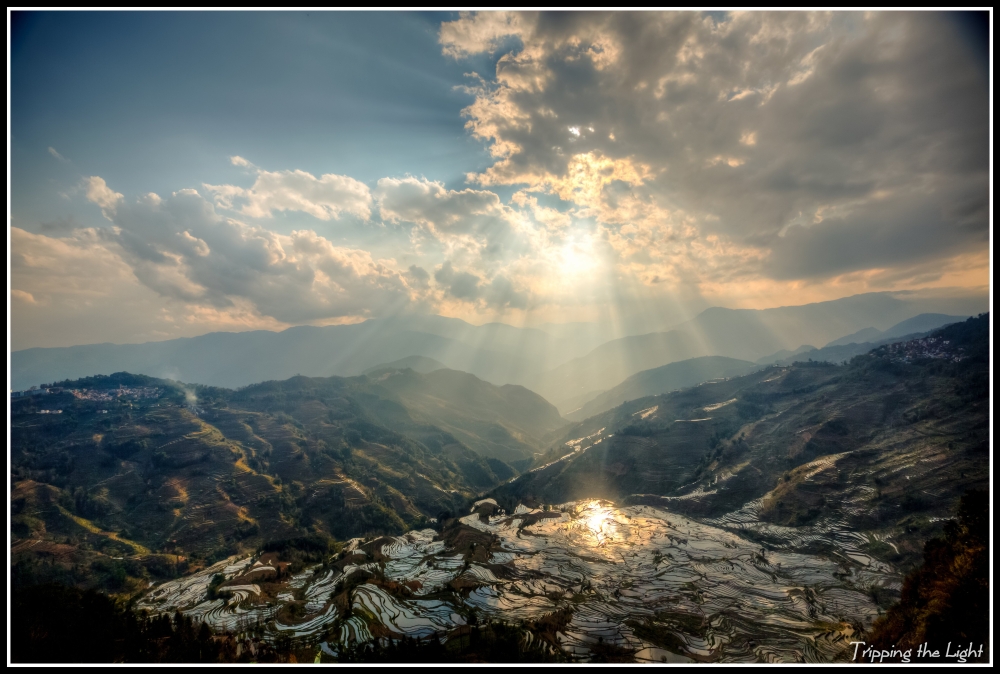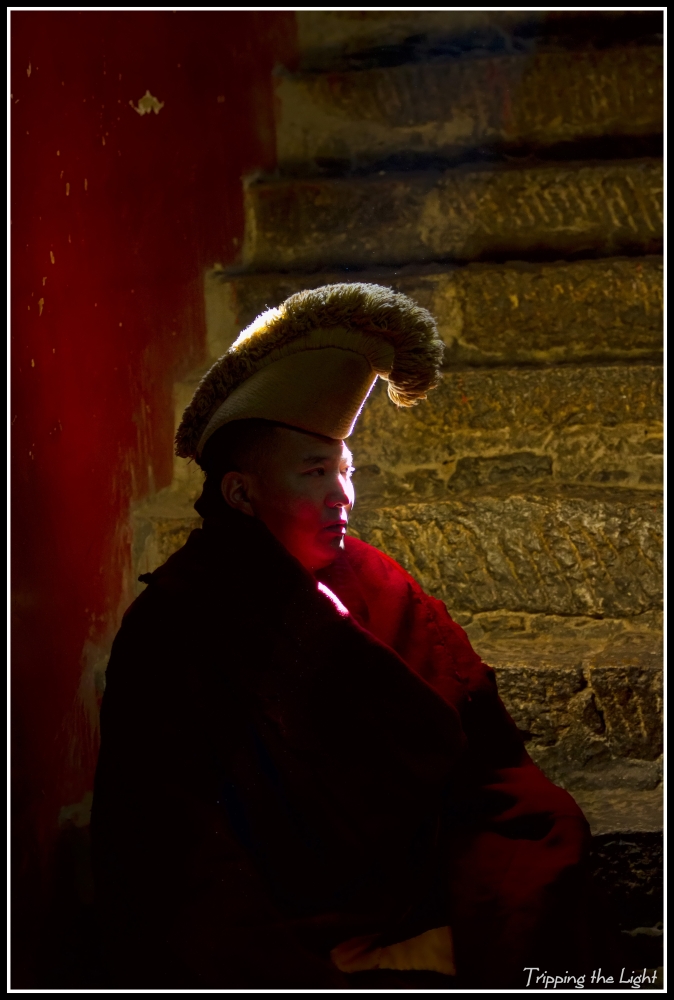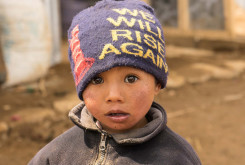Mr. Pao Ning Yu is a gentleman of leisure. It is a bit odd for Singaporeans to retire so early in their lives but Mr. Pao is not your ordinary Singaporean. He has made full use of the last third of his life making his childhood dreams come true. He has joined us in a couple of Photosafari trips to Ethiopia and Ha Giang. He will be joining more photosafari trips in the near future.
1. Can you tell us a little bit about yourself?
I’d like to thank Maxby Chan for allowing me to share some of my photographs and my story as a photographer on your website. I was born in Singapore and I met Maxby and Yusuf Hashim on a trip to Ethiopia organized by PhotoSafari. I am retired and have been pursuing my love of travel and photography since then. But I began to experiment with photography when I was 14. But stopped when I went to work and started a family and didn’t get back until I retired. I do not spend too much time editing my photographs as I believe that a photograph is a photograph. If it is photo art, then that is another whole genre altogether. I post all of my photographs on my website at (www.trippingthelight.zenfolio.com). I love to travel and my photographs give me a sense of where I have been and what are the cultures there. Beside travel and photography my other love is golf. I wish I can play more but with so many places to go I find it hard. All in all, in my life I have been to 44 countries either for work or play. Since there are 196 countries, I feel I am way behind in my bucket lists of places to go. I am married and have 3 wonderful children.
2. How long have you been a photographer?
I started photography when I was 14 as part of my school project. Film in those days was the only medium and we were taught to read light. So till today I am very well verse with the Sunny 16 rule and can shoot a film camera without a meter. My first camera was one that my father was using, a Zeiss Ikon. A medium format camera. I found it a few years ago and got it restored. I only got my own camera when I was in the university. I had save enough money during my national service days and also gave tuition in my spare time to earn enough money to afford photography. The camera I bought was an Olympus OM-2. That was in 1981. I also bought 2 lens with it. A 35-70mm f/3.4-4.5 and a 70-210mm f/4.5-5.6 Zuiko lenses. This was the system that enabled me to travel in Europe after my university days for about 4 months. I brought along 60 rolls of film!
3. How do you describe your style?
I love to travel so if there is a word for style it is travel photography. To me I believe in what Ansel Adams said, “There are no rules for good photographs, there are only good photographs”. So my style is to produce a good photograph. Not a good photographic art piece. I like to document the places I see as realistically as possible without too much post processing. In some ways, that is why I still shoot film when I travel. With travel photography many of the genres of photography are covered. Street photography, landscape, portraiture, low light, architecture, flash and wild life encompasses travel photography. I cannot say I am good at everyone of the genres. I try my best. I read as many books on these topics as I have the time and I try to put the principles to use when I travel. I do a lot of research on the places I go because it will affect the equipment I travel with; especially the lens. But the main purpose of my photography is to give the viewer a sense of the place. It won’t win any awards but that was never the intention to begin with. Art is a very personal thing. You do it for fulfillment.
I always shoot in RAW because it is just easier to work with in Lightroom especially if you want to enhance the shadows. My work flow is very simple. It starts with selecting the photographs that I feel give the place I have visited something unique. Then I use a standard preset, which I have created, in Lightroom for those photographs that belong to a particular genre. Like street photography for instance. If it looks good, then it is done. If not, then I fine tune the different parameters in Lightroom to get the photograph to where I want it to be. I do not use Photoshop as I think I will end up spending too much time in front of the computer! The time I spend on most is documenting my photographs. Putting in the name of the places and the situation that the photograph shows. For film, I sent it out for processing. Then I used a dedicated film scanner to scan it, at the scanner’s highest resolution. I usually scan film in TIFF format. With the correct equipment, you can get a film photograph with as much details as a digital one. After the scan I will send it to Lightroom for some minor processing. Unlike digital photographs, there isn’t much latitude with film; especially positive film.
4. What type of cameras and equipment do you shoot with?
On most of my trips I bring along 3 bodies. A Canon 5D Mark III, a Canon 7D and a Hasselbald Xpan I. The lens will depend on the place I go to. I bring 2 digital bodies for 2 reasons. One, to prevent changing of lens on the go. Second, with a crop body I get a longer reach. If you visit my website you can see a list of the equipment I use. Why do I use a Hasselbald Xpan? I just love the format. You can do panorama with moving objects; something digital cameras right now cannot do with their stitching technology. You will end up with lots of “ghosting”.
5. What is your advice for aspiring photographers?
Here are a few key advice to aspiring photographers. First and foremost, work on your composition. It is the one thing in photography that is hardest to teach and longest to learn. Second, learn to read the light. Not that you need to shoot in film but learning to read the light goes a long way to help with composition. And composition is everything. A technically executed photograph is a given. Third, learn your equipment well. Too many people keep changing their equipment thinking technology will solve their problem. It doesn’t. Knowing the limitations of your equipment will help you take better photographs. Fourth, look at other photographers whom you think are good. You can learn a lot from watching other people’s work. You may not want to copy them, but you might just be able to develop a whole new style on you own. Develop you own style. After all photography is a form of art. I don’t think Picasso follows Renoir. So do not let the nay-sayers put you off, but be humble enough to take the criticism and learn from it. Develop from other people’s criticism. And lastly, a quote from Henri Cartier-Bresson, “The photograph itself doesn’t interest me. I only want to capture a minute part of reality.”. Go ahead, capture as many minute part of REALITY as you can as a photographer.













